Home>Storage & Organization>Kitchen Organizing Tools>How To Get Cat To Use An Automatic Litter Box
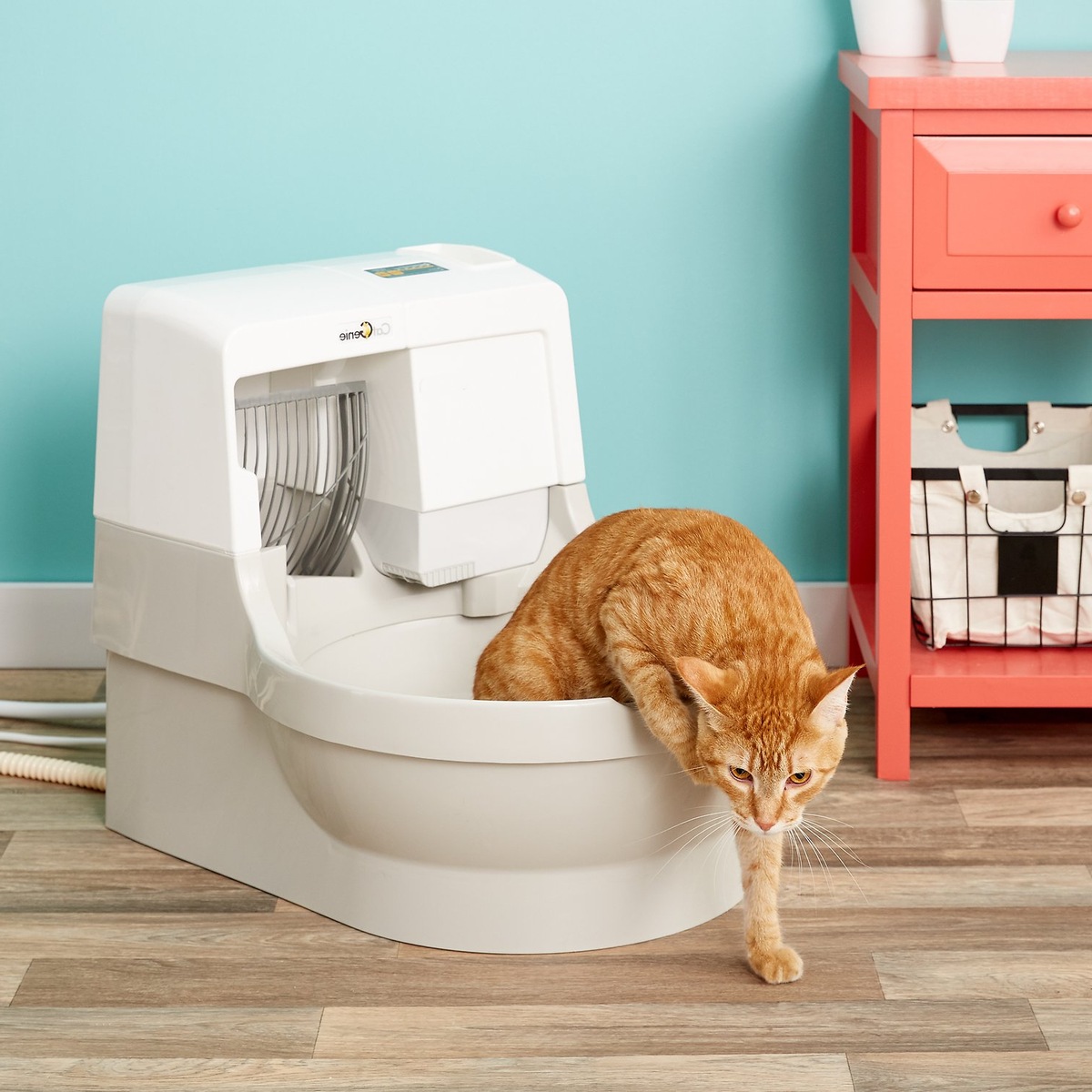

Kitchen Organizing Tools
How To Get Cat To Use An Automatic Litter Box
Modified: February 25, 2024
Discover the best kitchen organizing tools to streamline your space and simplify your life. Find top-rated products and expert tips for a clutter-free kitchen.
(Many of the links in this article redirect to a specific reviewed product. Your purchase of these products through affiliate links helps to generate commission for Storables.com, at no extra cost. Learn more)
Introduction
Welcome to the world of automatic litter boxes, where convenience meets feline hygiene. As a cat owner, you understand the importance of maintaining a clean and odor-free litter box for your furry friend. However, the task of scooping and cleaning the litter box daily can be time-consuming and unpleasant. This is where automatic litter boxes come to the rescue, offering a hands-free solution to managing your cat's waste.
In this comprehensive guide, we will delve into the realm of automatic litter boxes, exploring everything from understanding your cat's behavior to troubleshooting common issues. Whether you're a seasoned cat owner or a first-time feline enthusiast, this article will equip you with the knowledge and insights needed to seamlessly integrate an automatic litter box into your cat care routine.
Gone are the days of manual scooping and constant monitoring of the litter box. With the advancements in pet care technology, automatic litter boxes have revolutionized the way we maintain our cats' litter areas. These innovative devices are designed to detect and remove waste, leaving behind a clean and fresh environment for your cat.
Throughout this guide, we will address the key considerations when selecting the right automatic litter box for your cat's needs. From understanding your cat's preferences to introducing them to the new litter box, we'll provide practical tips and strategies to ensure a smooth transition.
So, whether you're seeking to minimize the time spent on litter box maintenance or provide your cat with a more hygienic and comfortable toileting experience, this guide is your go-to resource for navigating the world of automatic litter boxes. Let's embark on this journey together and discover how to enhance your cat's well-being while simplifying your daily routine.
Key Takeaways:
- Understanding Your Cat
Cats are sensitive to change and value consistency. When introducing an automatic litter box, observe your cat’s behavior, respect their space, and provide positive reinforcement to ensure a smooth transition. - Choosing the Right Litter Box
Consider your cat’s preferences, space, and maintenance needs when selecting an automatic litter box. Prioritize their comfort and hygiene to create a harmonious living environment.
Read more: How To Get Cat To Use A Covered Litter Box
Understanding Your Cat's Behavior
Understanding your cat's behavior is crucial when introducing an automatic litter box into their environment. Cats are known for their independent and discerning nature, and their reactions to new experiences can vary widely. By gaining insight into your cat's behavior, you can effectively anticipate their needs and preferences, ensuring a smooth transition to the automatic litter box.
Cats are inherently territorial animals, and their litter box serves as a vital part of their territory. When considering the introduction of an automatic litter box, it's essential to recognize that cats may initially exhibit hesitancy or even resistance to change. This behavior is rooted in their instinctual need for familiarity and security within their environment.
Furthermore, cats are highly sensitive to changes in their surroundings. Any alterations to their routine or living space can evoke stress and anxiety. Therefore, when introducing an automatic litter box, it's important to do so gradually, allowing your cat to acclimate at their own pace.
Additionally, understanding your cat's toileting habits is key to selecting the most suitable automatic litter box. Some cats may prefer privacy while using the litter box, while others may have specific preferences regarding the type of litter or the cleanliness of the box. By observing your cat's behavior around their current litter box, you can gain valuable insights into their preferences and tailor your choice of automatic litter box accordingly.
Moreover, cats are creatures of habit, and they thrive on consistency and routine. When transitioning to an automatic litter box, it's essential to maintain a familiar toileting area and minimize disruptions to their established routine. By doing so, you can help alleviate any potential stress associated with the introduction of a new litter box.
In summary, understanding your cat's behavior is fundamental to successfully integrating an automatic litter box into their environment. By acknowledging their territorial instincts, sensitivity to change, toileting habits, and need for consistency, you can approach the transition with empathy and consideration for your feline companion's well-being. This understanding forms the cornerstone of a positive and harmonious introduction to the world of automatic litter boxes for your beloved cat.
Choosing the Right Automatic Litter Box
When it comes to selecting the right automatic litter box for your feline companion, several factors come into play. The market offers a wide array of options, each boasting unique features and functionalities. To make an informed decision, it's essential to consider your cat's specific needs and preferences, as well as the practical aspects of maintenance and operation.
1. Size and Space
Before delving into the technical specifications, consider the size and layout of your living space. Automatic litter boxes come in various dimensions, and it's crucial to choose one that fits comfortably within your home while providing ample space for your cat to access and use the litter box without feeling confined.
2. Litter Type Compatibility
Cats can be particular about the type of litter they prefer. Some automatic litter boxes are designed to accommodate specific litter types, such as clumping, silica gel, or biodegradable options. Understanding your cat's litter preferences can guide you in selecting a compatible automatic litter box that aligns with their toileting habits.
3. Self-Cleaning Mechanism
One of the primary advantages of an automatic litter box is its self-cleaning functionality. When evaluating options, consider the efficiency and reliability of the self-cleaning mechanism. Look for features such as automatic waste removal, odor control, and ease of maintenance to ensure a hygienic and hassle-free experience for both you and your cat.
4. Power Source and Operation
Automatic litter boxes may be powered by electricity, batteries, or a combination of both. Assess the power requirements and operational mechanisms to determine which option best suits your lifestyle and home setup. Additionally, consider the noise level during operation, as some cats may be sensitive to loud or abrupt sounds.
5. Multi-Cat Compatibility
If you have multiple cats, it's essential to choose an automatic litter box that can accommodate the needs of all your feline companions. Look for models specifically designed for multi-cat households, ensuring that each cat has access to a clean and inviting litter box environment.
6. Reviews and Recommendations
Researching customer reviews and seeking recommendations from fellow cat owners can provide valuable insights into the performance and durability of different automatic litter box models. Real-life experiences and feedback can help you gauge the overall satisfaction and effectiveness of a particular product.
By carefully considering these factors and conducting thorough research, you can make an informed decision when choosing the right automatic litter box for your cat. Ultimately, the goal is to provide your feline friend with a comfortable and hygienic toileting experience while streamlining the maintenance process for yourself. With the perfect automatic litter box in place, you can enhance your cat's well-being and create a harmonious living environment for both you and your beloved pet.
Read more: How To Get Cat To Use A Top Entry Litter Box
Introducing Your Cat to the Automatic Litter Box
Introducing your cat to an automatic litter box requires patience, understanding, and a gradual approach to ensure a smooth transition. Cats are creatures of habit, and any changes to their toileting environment should be introduced thoughtfully to minimize stress and resistance. Here's a step-by-step guide to help you acclimate your cat to the new automatic litter box:
-
Placement and Familiarization: Begin by placing the automatic litter box in the same location as the existing litter box. Allow your cat to become familiar with the new device without any pressure to use it immediately. Cats rely heavily on scent and familiarity, so maintaining the placement consistency is crucial during the transition period.
-
Gradual Introduction: Once the automatic litter box is in place, allow your cat to explore it at their own pace. Encourage positive associations by placing treats or toys near the litter box to create a sense of comfort and familiarity. Avoid forcing or coercing your cat to interact with the new device, as this can lead to aversion or anxiety.
-
Observation and Encouragement: As your cat becomes more accustomed to the automatic litter box, observe their behavior around the device. If they show curiosity or approach the litter box willingly, offer verbal praise and gentle encouragement. Positive reinforcement can help build confidence and reduce any apprehension towards the new equipment.
-
Gradual Transition: To facilitate a gradual transition, consider maintaining both the automatic litter box and the traditional litter box for a brief period. This allows your cat to choose between the two options, gradually becoming accustomed to the new device while still having access to the familiar litter box.
-
Transitioning Exclusively: Once your cat demonstrates comfort and regular use of the automatic litter box, you can consider removing the traditional litter box. Monitor your cat's behavior during this transition to ensure they continue to use the automatic litter box consistently.
-
Maintenance and Monitoring: Throughout the introduction process, ensure that the automatic litter box is kept clean and functioning optimally. Regularly empty the waste receptacle and maintain the litter box as per the manufacturer's guidelines. This ensures a hygienic and inviting environment for your cat, reinforcing positive associations with the new device.
By following these steps and allowing your cat to adjust at their own pace, you can effectively introduce them to the automatic litter box while minimizing stress and reluctance. Remember to approach the transition with patience and empathy, prioritizing your cat's comfort and well-being throughout the process. With a gradual and considerate approach, your cat can seamlessly embrace the convenience and hygiene benefits of an automatic litter box.
Troubleshooting Common Issues
As with any new addition to your cat's environment, the introduction of an automatic litter box may present certain challenges or issues. Understanding and addressing these common issues is essential to ensure a seamless and successful transition for both you and your cat. Here are some troubleshooting tips for addressing common issues that may arise:
-
Litter Rejection: Some cats may initially reject the new litter in the automatic litter box. If your cat shows reluctance to use the new litter, consider gradually mixing the familiar litter with the new one. This gradual transition can help your cat acclimate to the new texture and scent, increasing the likelihood of acceptance.
-
Reluctance to Enter: If your cat displays hesitation or reluctance to enter the automatic litter box, assess the accessibility and comfort of the entryway. Ensure that the opening is spacious enough for your cat to enter and exit comfortably. Placing familiar toys or treats near the entry can also encourage your cat to explore and enter the litter box willingly.
-
Unusual Behavior: Monitor your cat's behavior around the automatic litter box. If you notice signs of anxiety, stress, or avoidance, it's important to address the underlying cause. Consider reintroducing positive reinforcement and encouragement, creating a calm and inviting environment around the litter box to alleviate any apprehension.
-
Mechanical Malfunctions: In the event of mechanical malfunctions or operational issues with the automatic litter box, refer to the manufacturer's instructions for troubleshooting guidance. Regular maintenance and cleaning can help prevent potential malfunctions, ensuring the smooth operation of the device.
-
Odor Control: If you notice persistent odors emanating from the automatic litter box, consider adjusting the frequency of waste removal or exploring additional odor control solutions. Some automatic litter boxes offer customizable settings for waste removal intervals, allowing you to tailor the cleaning cycle to suit your cat's needs and minimize odors.
-
Multi-Cat Dynamics: In multi-cat households, observe the dynamics and interactions around the automatic litter box. Ensure that each cat has equitable access to the litter box and monitor for any territorial disputes or resource guarding. Providing multiple litter boxes, including the automatic one, can help alleviate potential conflicts and ensure that each cat has a designated toileting space.
By proactively addressing these common issues and implementing targeted solutions, you can navigate the transition to an automatic litter box with confidence and effectiveness. Remember that patience and observation are key during this process, allowing you to identify and resolve any challenges while prioritizing your cat's comfort and well-being.
Conclusion
In conclusion, the integration of an automatic litter box into your cat's environment represents a significant step towards enhancing their well-being and simplifying your daily routine. By understanding your cat's behavior, selecting the right automatic litter box, and introducing it thoughtfully, you can create a seamless transition that prioritizes your cat's comfort and hygiene.
The journey of understanding your cat's behavior provides invaluable insights into their territorial instincts, sensitivity to change, and toileting preferences. By acknowledging these factors, you can approach the introduction of an automatic litter box with empathy and consideration, fostering a positive experience for your feline companion.
When choosing the right automatic litter box, careful consideration of size, litter type compatibility, self-cleaning mechanisms, power sources, and multi-cat compatibility is essential. By aligning the features of the automatic litter box with your cat's specific needs, you can ensure a tailored and effective solution that promotes their comfort and hygiene.
Introducing your cat to the automatic litter box requires patience and a gradual approach. By maintaining familiarity, offering positive reinforcement, and facilitating a smooth transition, you can minimize stress and reluctance, allowing your cat to embrace the convenience and hygiene benefits of the new device.
Furthermore, troubleshooting common issues associated with the introduction of an automatic litter box empowers you to address challenges proactively, ensuring a smooth and successful transition. By identifying and resolving issues such as litter rejection, reluctance to enter, unusual behavior, mechanical malfunctions, odor control, and multi-cat dynamics, you can create an optimal environment for your cat's toileting needs.
Ultimately, the integration of an automatic litter box is a testament to your commitment to your cat's well-being and your desire to streamline the maintenance of their litter area. By approaching this transition with empathy, patience, and a focus on your cat's comfort, you can create a harmonious and hygienic environment that enriches both your cat's life and your own.
Embracing the convenience and innovation of automatic litter boxes not only simplifies your daily routine but also elevates the standard of care for your beloved feline companion. With a thoughtful and considerate approach, the introduction of an automatic litter box becomes a seamless and rewarding experience, enhancing the bond between you and your cat while promoting a clean and comfortable living environment.
Frequently Asked Questions about How To Get Cat To Use An Automatic Litter Box
Was this page helpful?
At Storables.com, we guarantee accurate and reliable information. Our content, validated by Expert Board Contributors, is crafted following stringent Editorial Policies. We're committed to providing you with well-researched, expert-backed insights for all your informational needs.
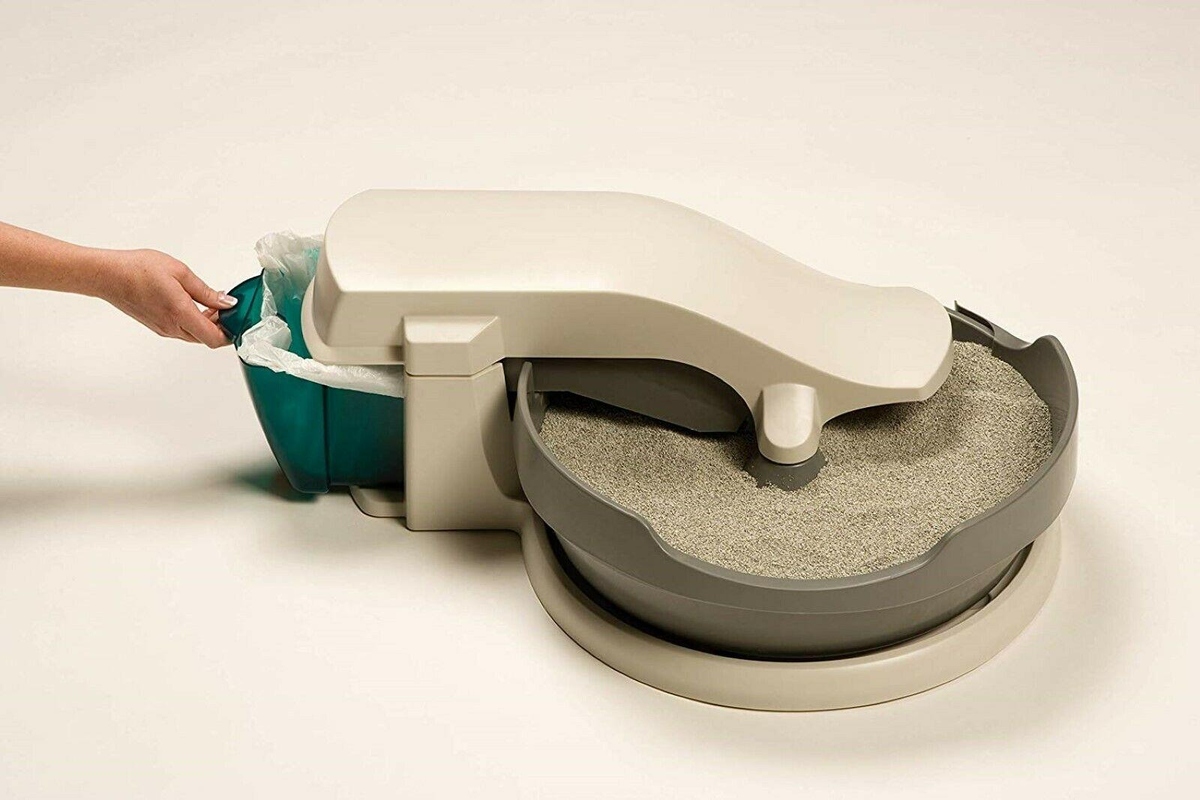
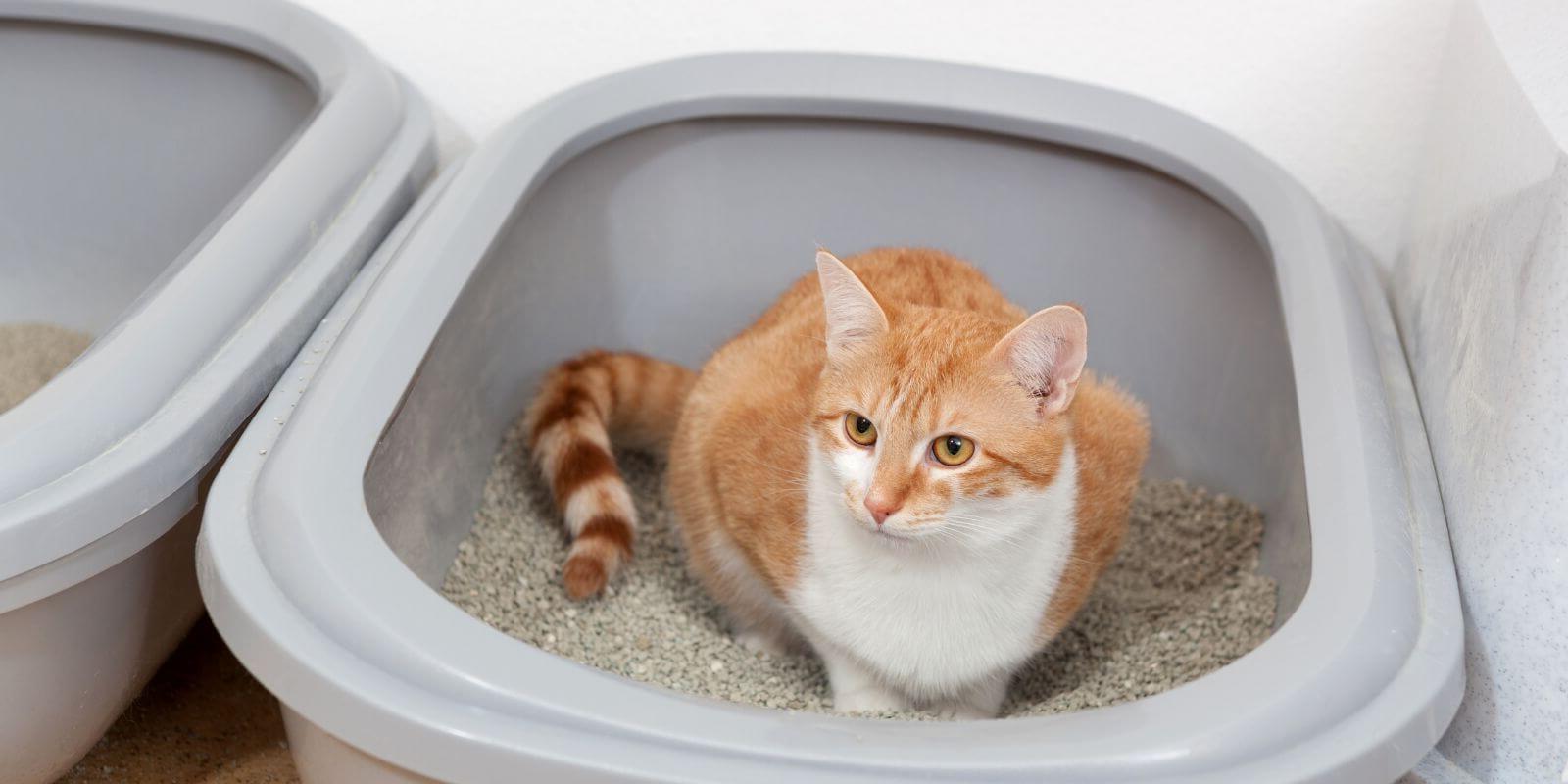
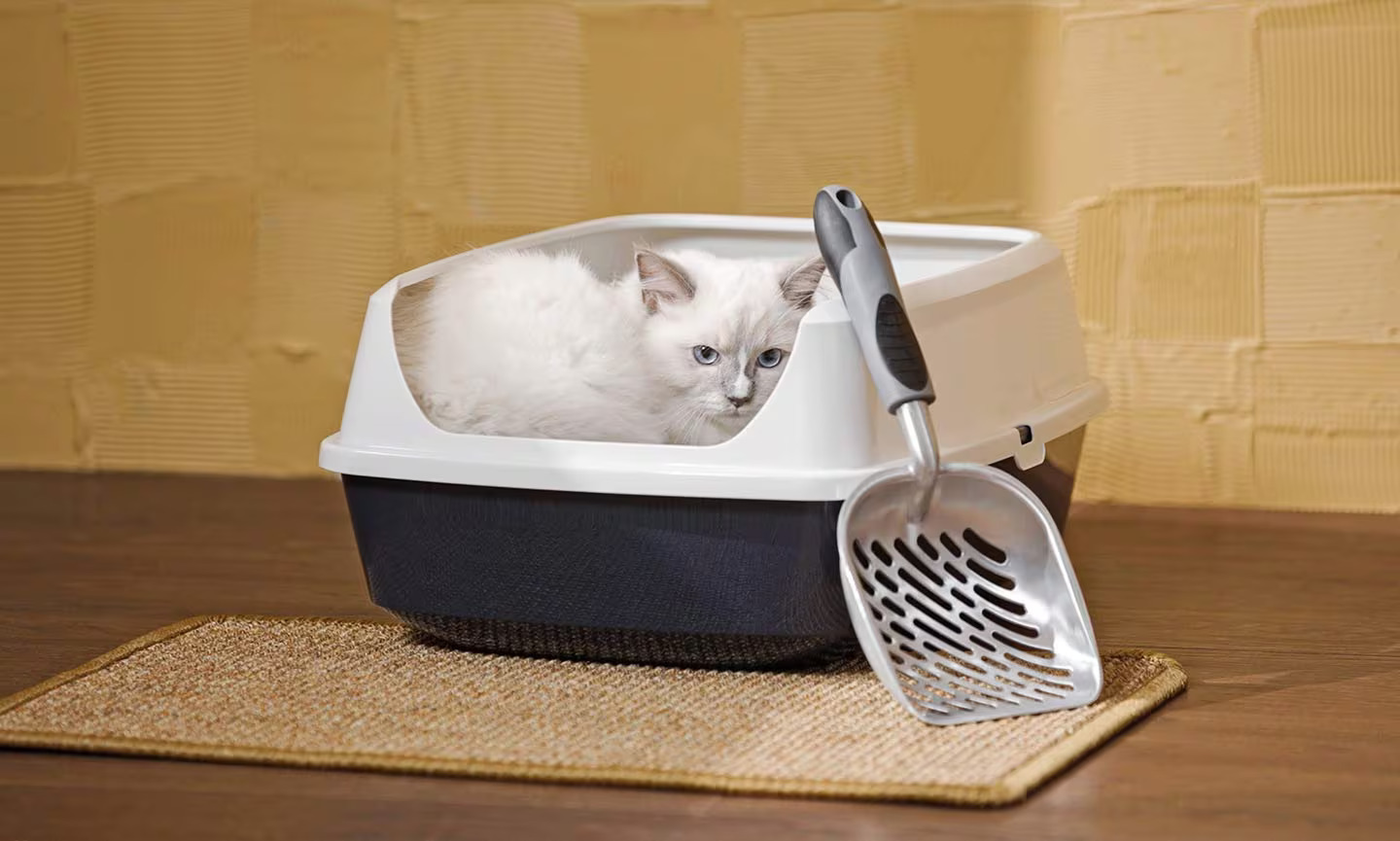
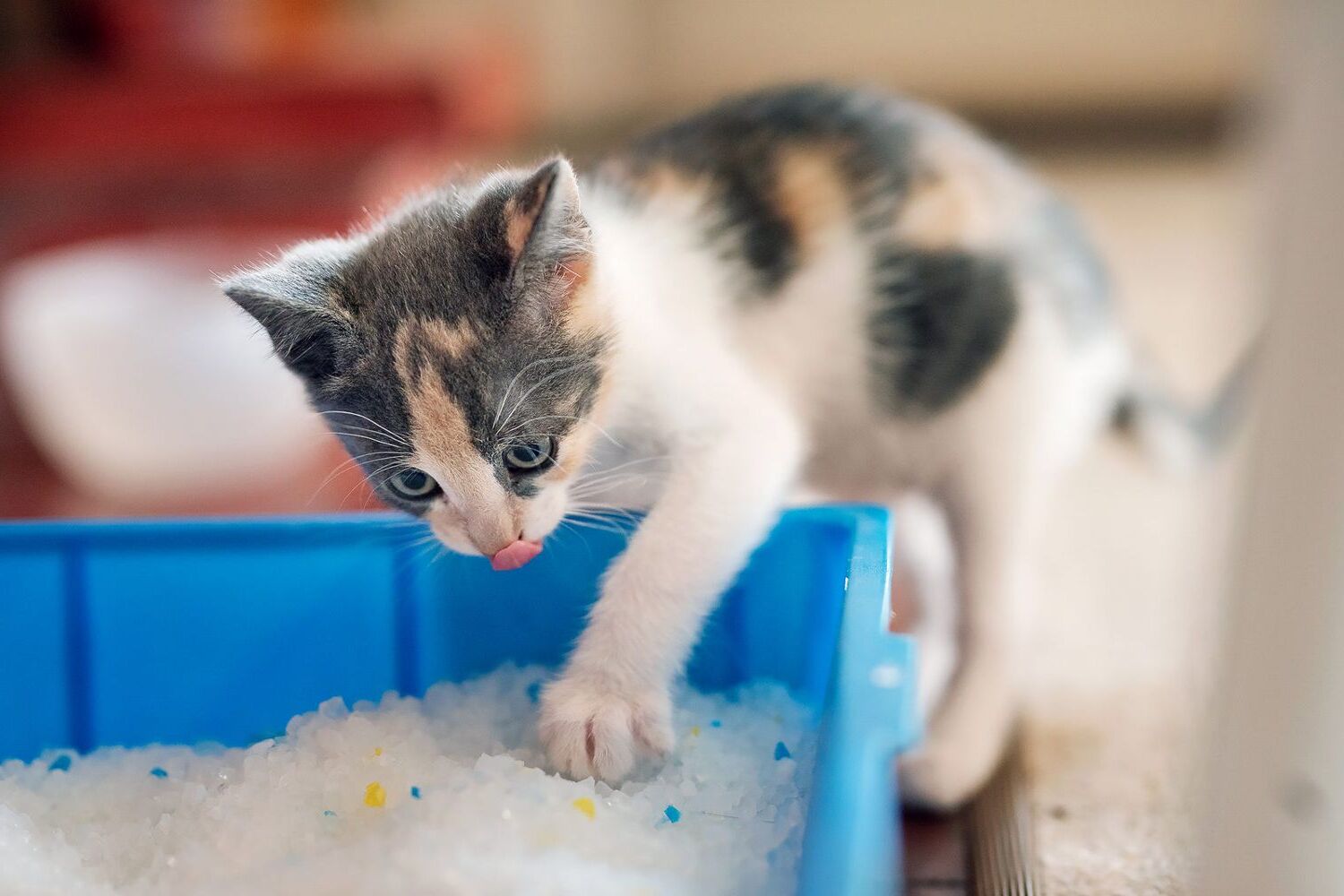
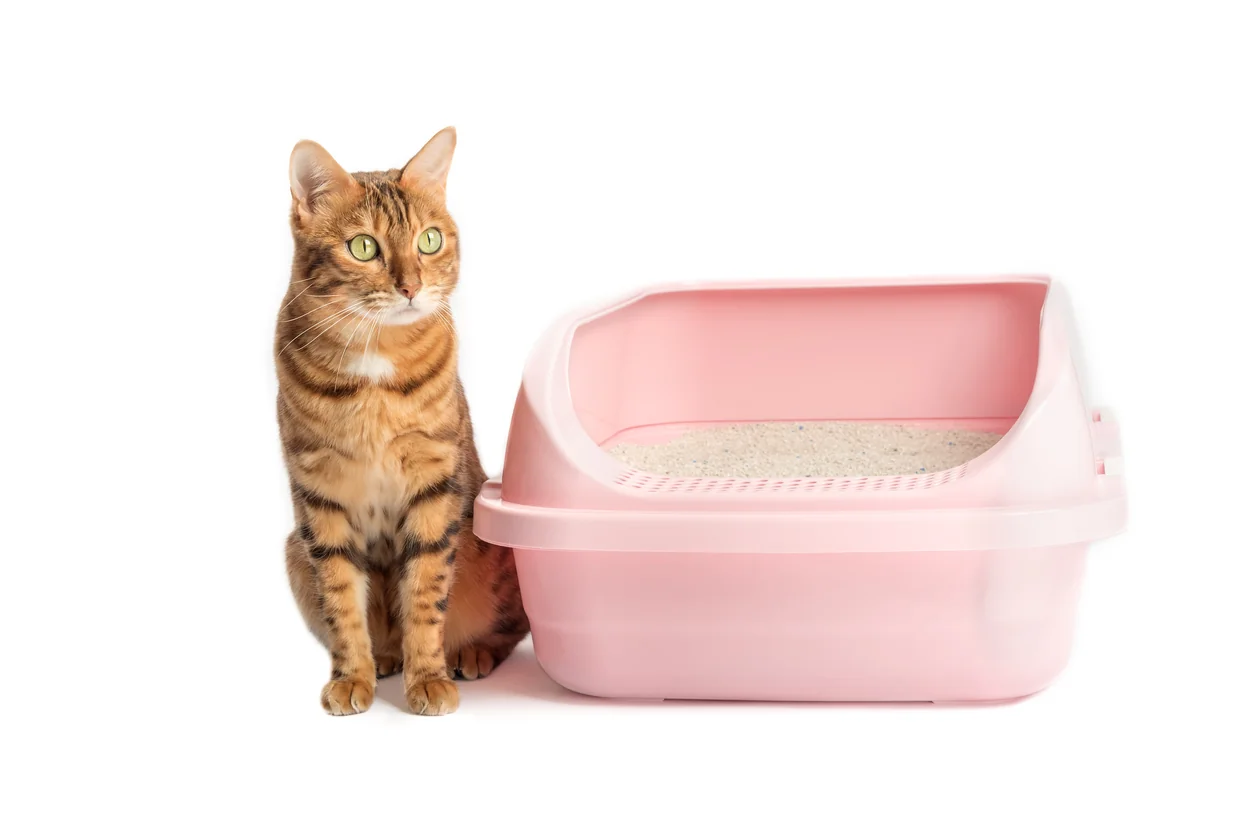
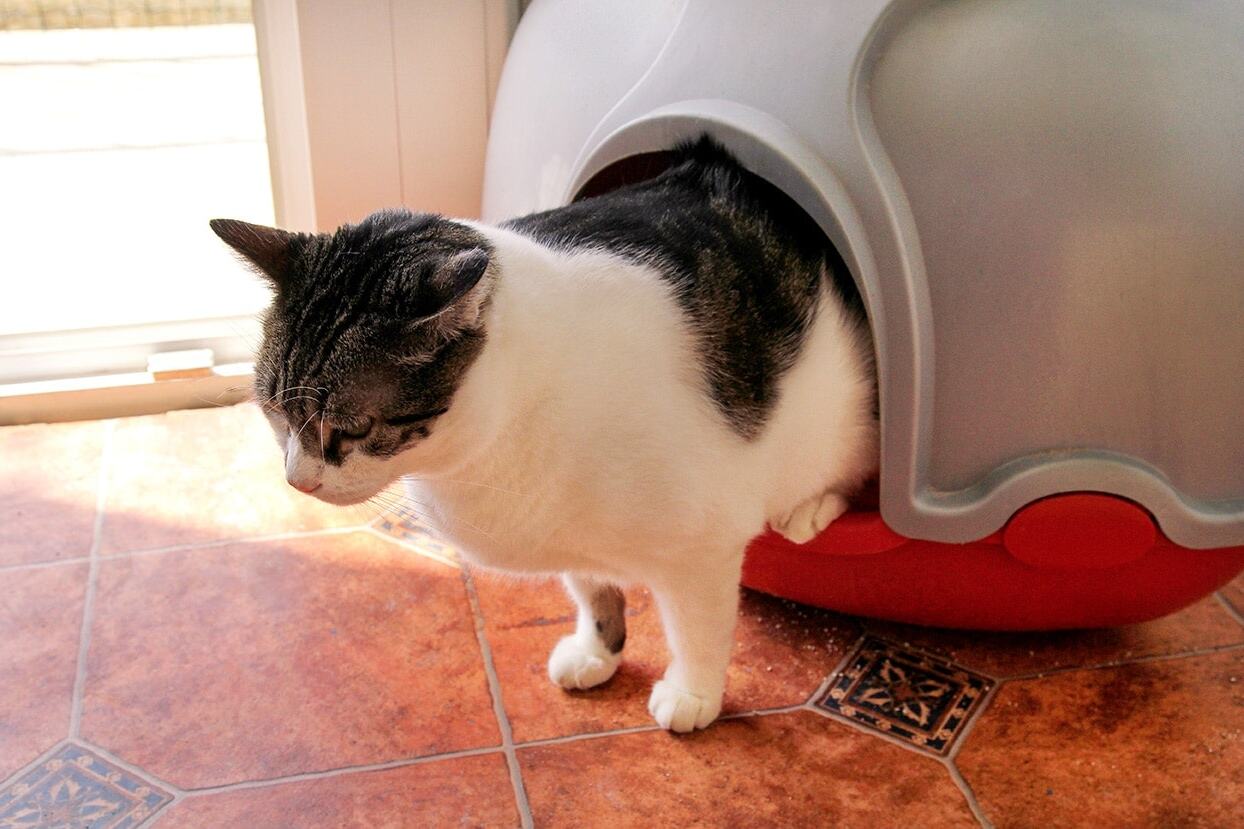
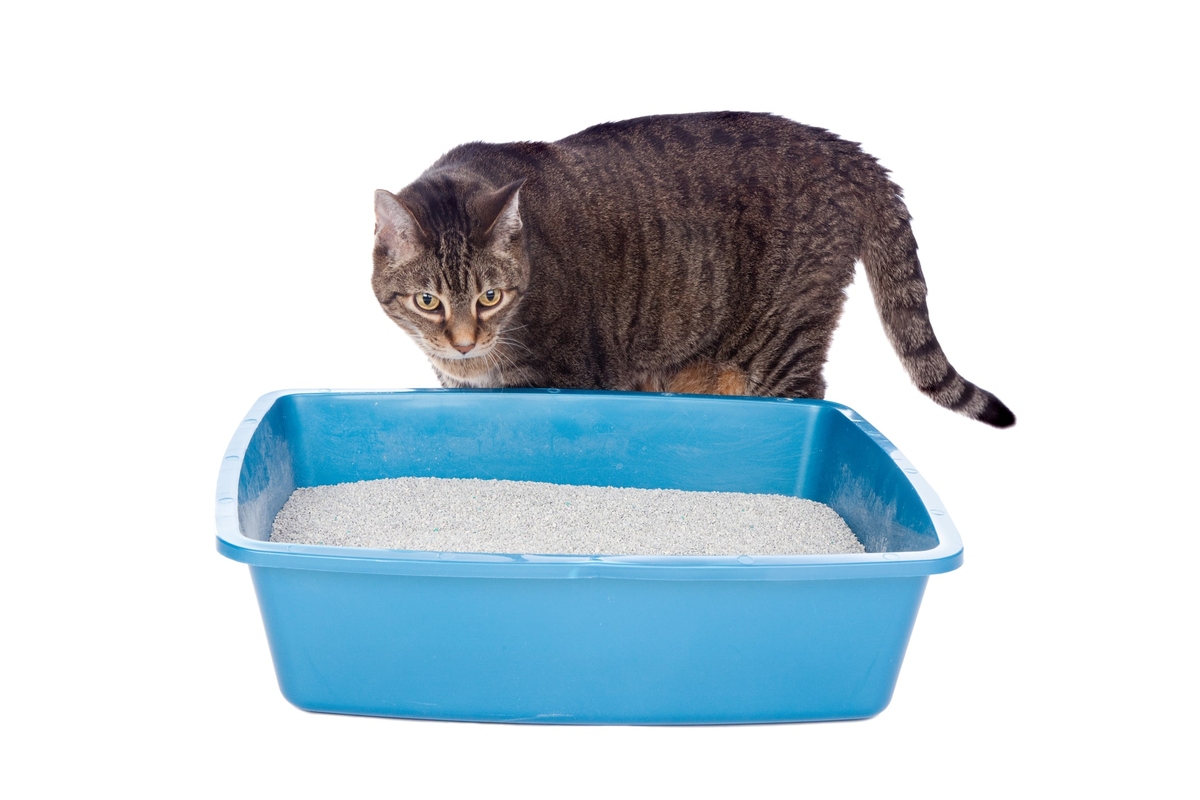
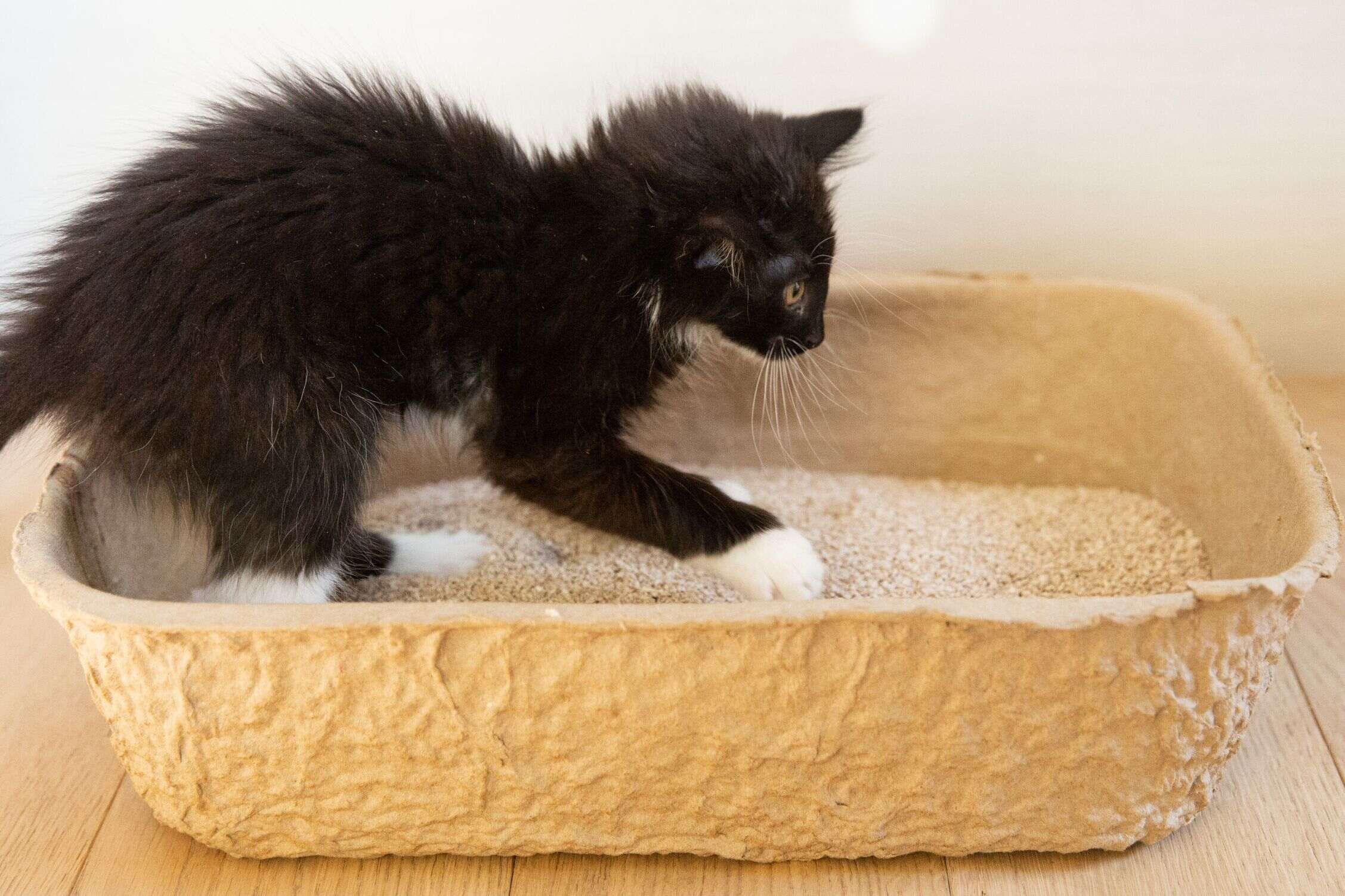

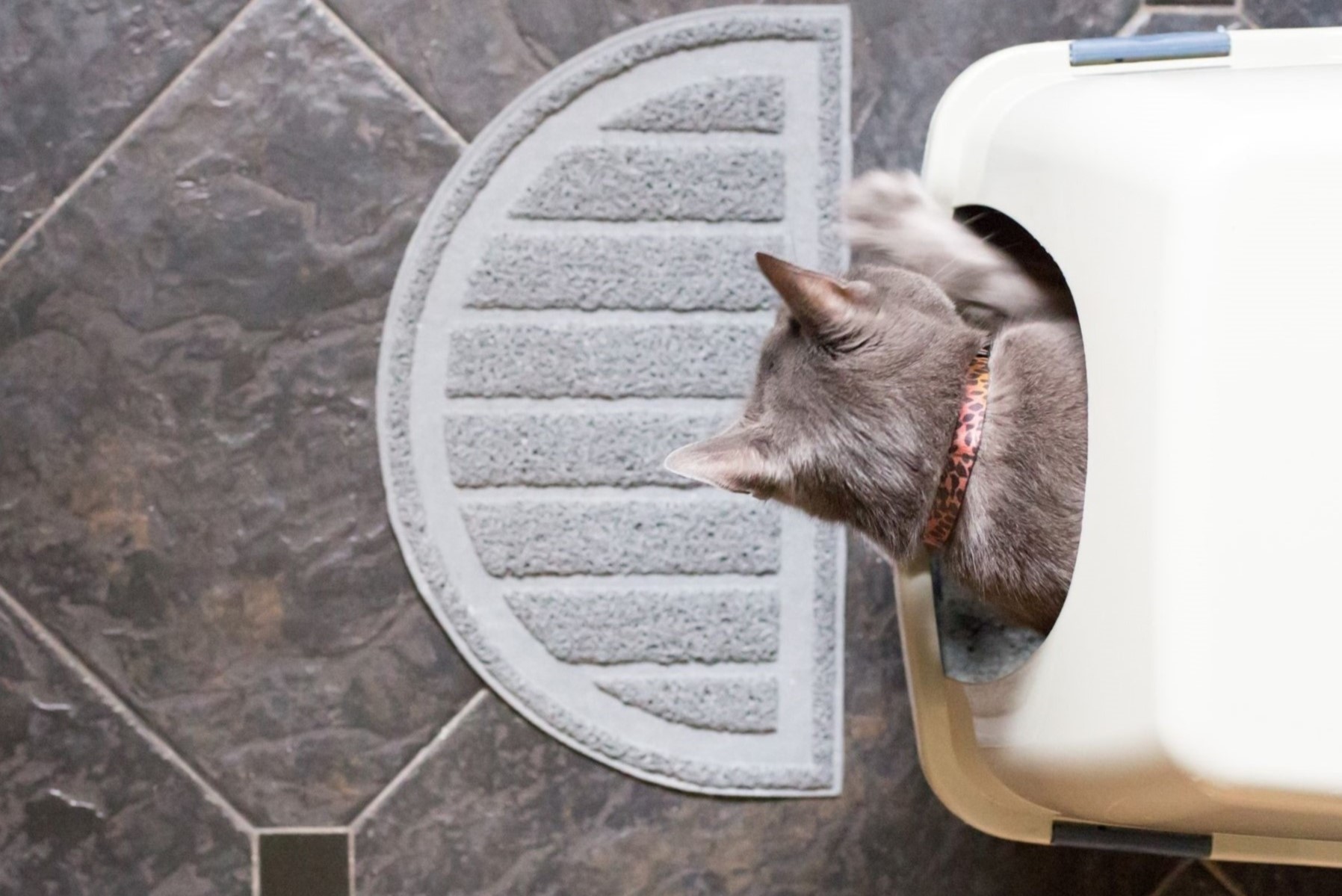
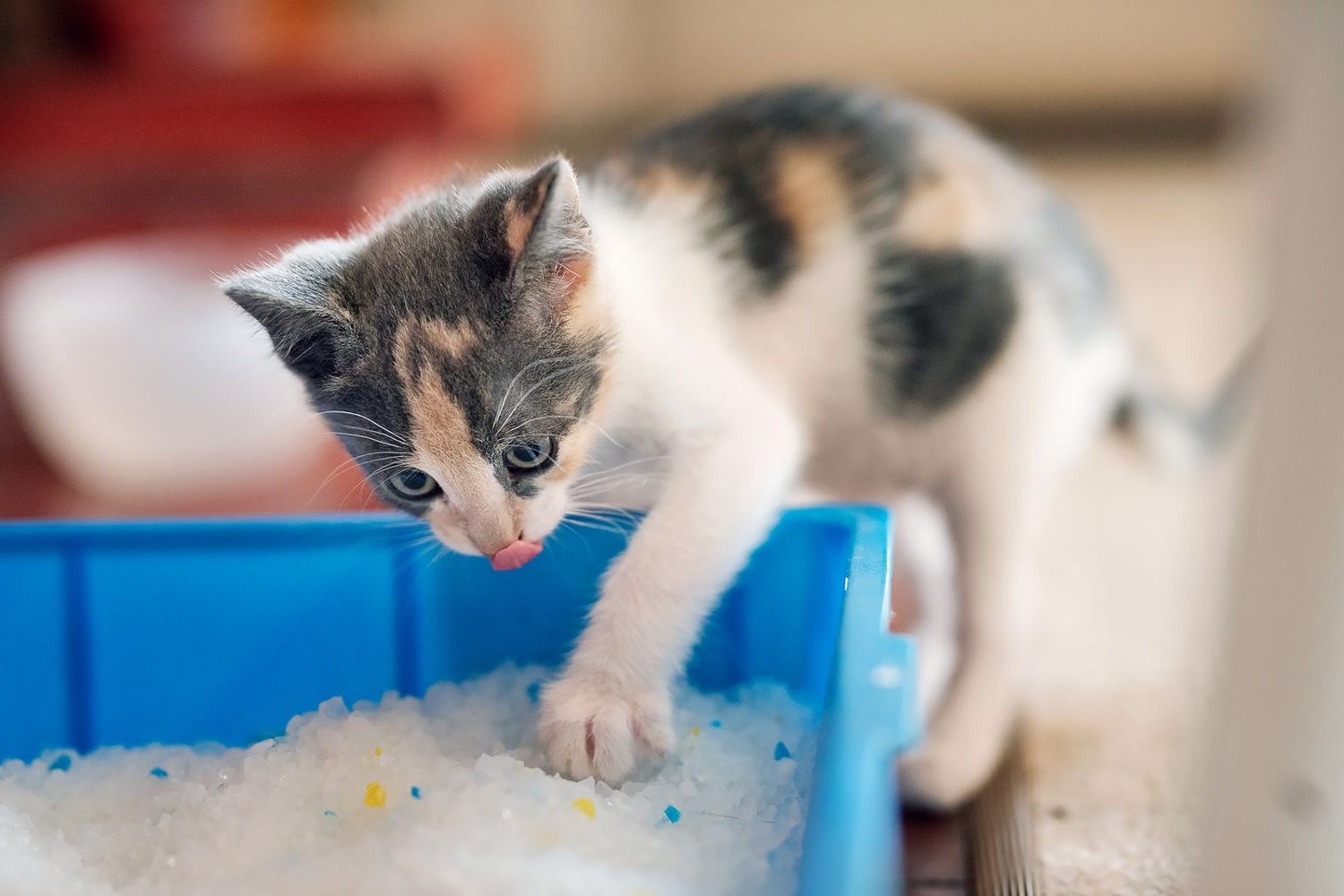
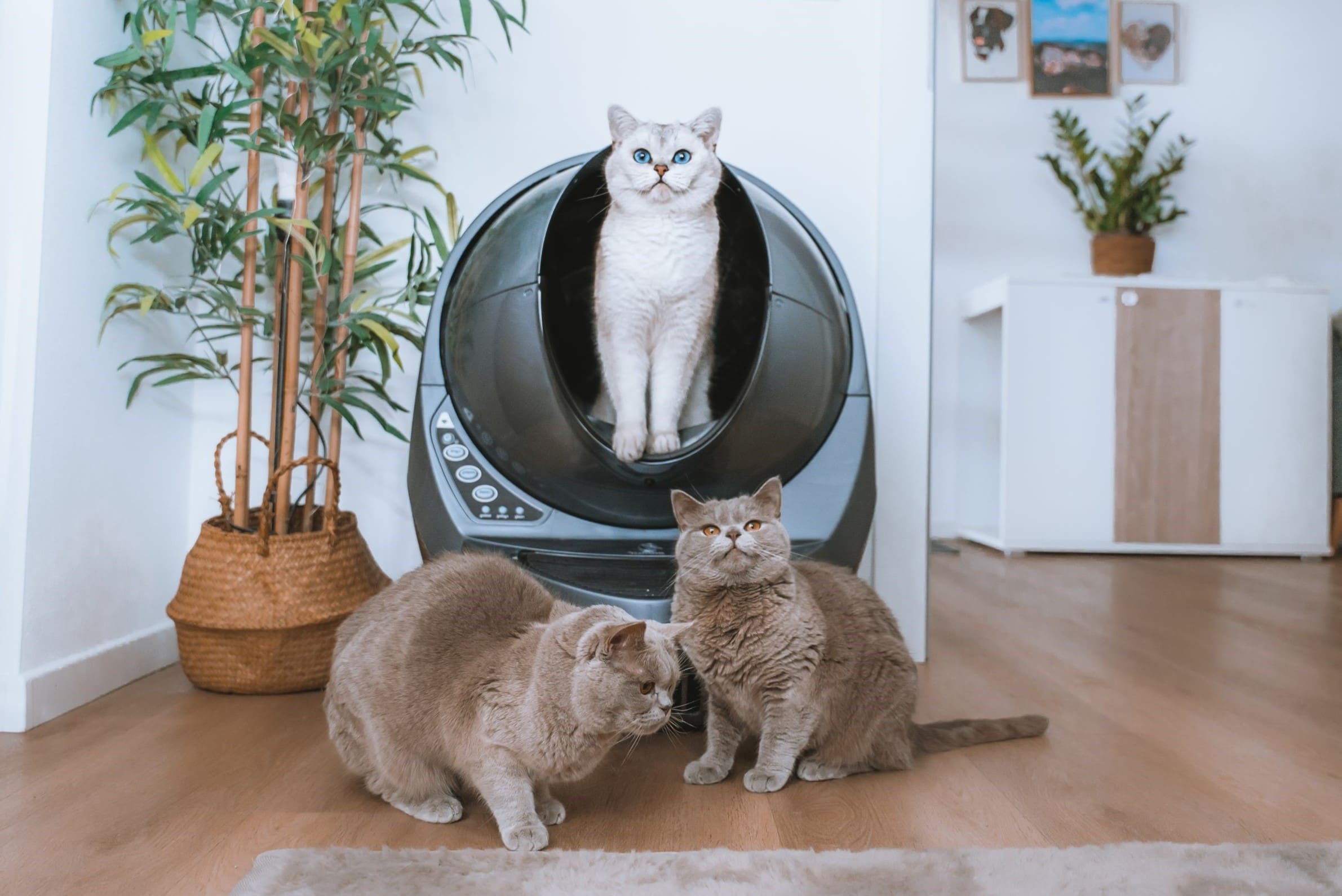
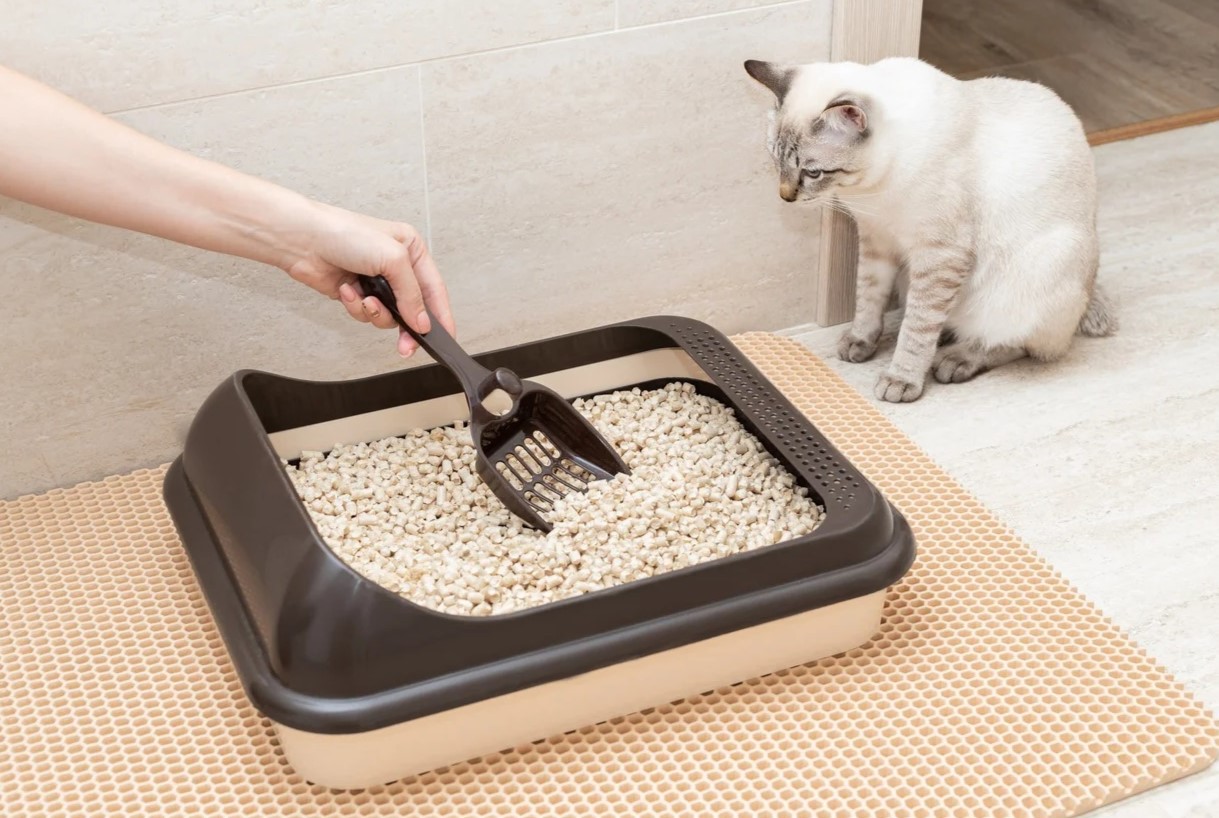

0 thoughts on “How To Get Cat To Use An Automatic Litter Box”